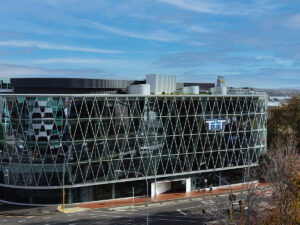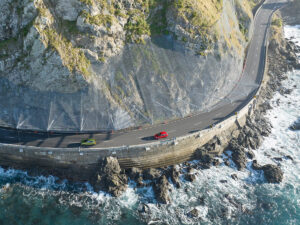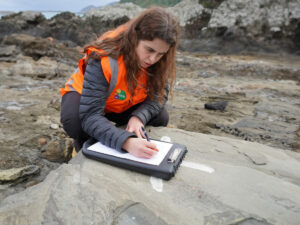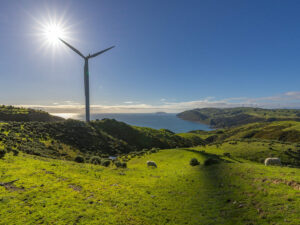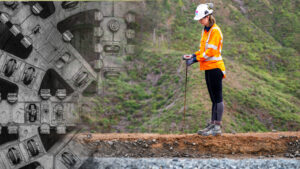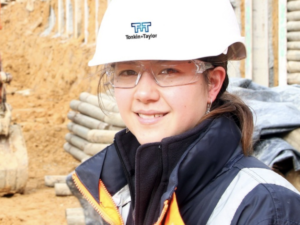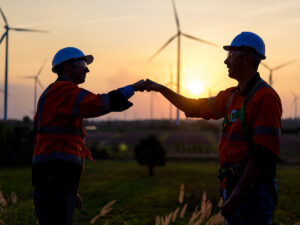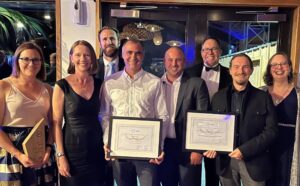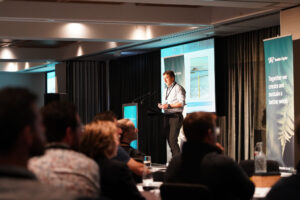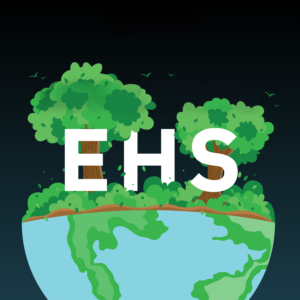NZSEE Conference 2024 Wellington
Many state-of-practice methods for predicting liquefaction manifestation, such as the Liquefaction Severity Number (LSN), are known to suffer from significant overprediction in regions characterised by complex soil profiles comprising interbedded sands, silts, and clays. These methods typically analyse discrete soil layers, and sum results layer-by-layer, which does not properly account for system effectsa. Show more…We demonstrate that machine learning techniques can be used to identify cases where simplified layer-bylayer liquefaction vulnerability indices give overestimated surficial liquefaction manifestation. Specifically, we have developed a convolutional neural network model. With the aim of better accounting for system effects, the model considers the full length of a CPT profile simultaneously to capture system effects of soil profiles such as interbedding, rather than processing and then aggregating information in discrete layers.
A database of over 47,000 case histories was used for training and model evaluation, spanning ten New Zealand earthquakes. Special techniques were used to address sampling bias and class imbalance. Finally, an adjustment procedure is proposed, which uses the machine learning model to improve the accuracy of LSN for specific site categories, resulting in significant accuracy improvements.
This research has been funded by Toka Tū Ake EQC to advance liquefaction science, and support a range of applications in New Zealand, including local government planning, public engagement and education, and loss modelling. Show less…

